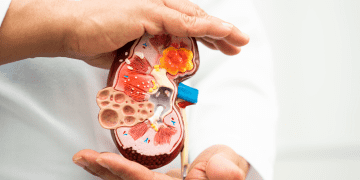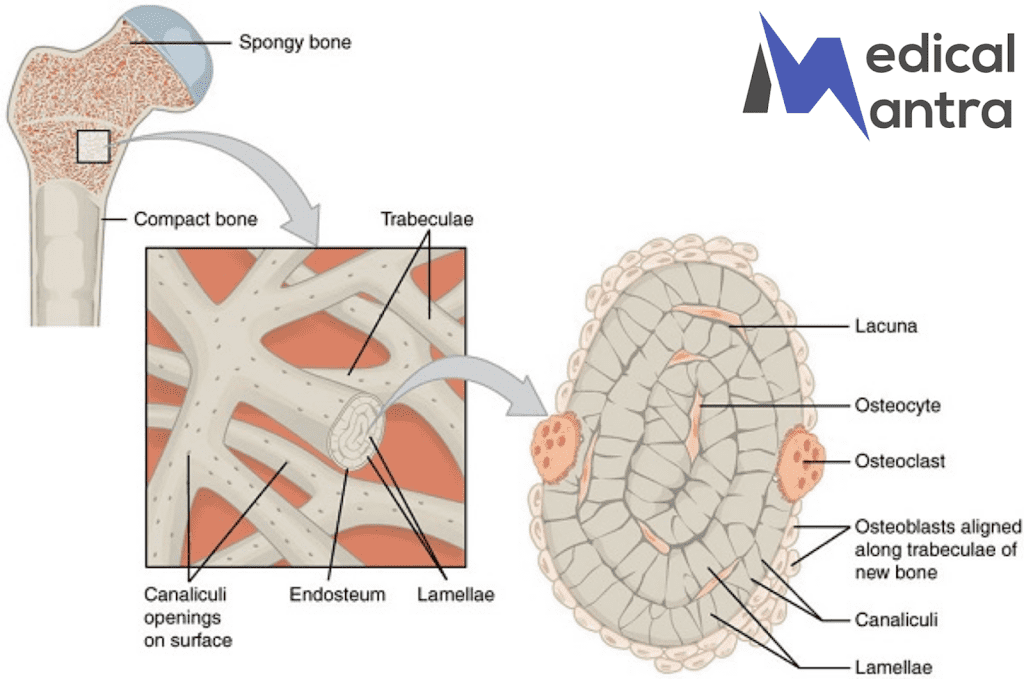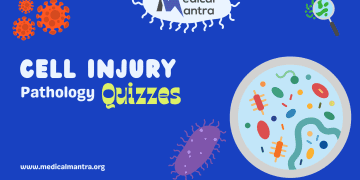What Exactly is a Migraine?
A migraine is much more than just a bad headache. It’s an intense, throbbing pain that usually strikes on one side of the head. The pain can range from moderate to severe, often accompanied by nausea, vomiting, and extreme sensitivity to light, sounds, or even smells. It can last from a few hours to several days and may get worse with physical activity, movement, or even simple things like coughing.
Migraines often occur in the morning, and some people experience them at predictable times, like just before their period or after a particularly stressful week.
Table of Contents
What Triggers a Migraine?
Migraine triggers are different for everyone, but some common ones include:
- Sudden changes in weather
- Skipping meals or eating too late
- Strong smells like perfume or smoke
- Bright lights or loud noises
- Emotional stress or anxiety
- Hormonal changes (like during menstruation or pregnancy)
- Certain foods and drinks (such as alcohol, chocolate, or aged cheeses)
The Phases of a Migraine
Migraines can have up to four stages, but not everyone experiences all of them:
- Premonitory Phase: This can start 24 hours before the migraine begins. You might feel unusually tired, moody, or crave certain foods.
- Aura: Some people experience visual disturbances, like seeing flashes of light or zigzag patterns, while others might feel tingling in their face or hands.
- Headache: The migraine headache itself typically starts slowly and builds in intensity. It’s often on one side of the head, but it can happen on both. Other symptoms like nausea, sensitivity to light and sound, or even vomiting may accompany the pain.
- Postdrome: After the migraine passes, many people feel drained, exhausted, or just “off” for a day.
Types of Migraines
There are a few different types of migraines, and they can affect people in different ways:
- Migraine with Aura: This includes visual changes or other neurological symptoms like seeing flashes of light before the headache begins.
- Migraine without Aura: This is the most common type, with no warning signs before the headache hits.
- Menstrual Migraine: These migraines are linked to hormonal changes and often occur around menstruation.
- Hemiplegic Migraine: A rare type where people experience temporary paralysis on one side of the body before or during the headache.
Who is Likely to Get Migraines?
Migraines can affect anyone, but they’re more common in women, especially around hormonal changes like menstruation, pregnancy, or menopause. If migraines run in your family, you’re more likely to get them too. Certain conditions like depression, anxiety, or epilepsy are also more common in people who have migraines.
How to Treat Migraines
Although there’s no cure for migraines, there are treatments available to help manage the symptoms and prevent future attacks.
Quick Relief for Migraine Symptoms
These treatments are usually taken at the first sign of a migraine to help ease the pain and discomfort:
- Triptans: These medications help by narrowing blood vessels in the brain and reducing pain.
- Over-the-Counter Pain Relievers: Ibuprofen, aspirin, or acetaminophen can work for mild migraines.
- Nausea Medication: Helps relieve nausea and vomiting that often comes with migraines.
- Caffeine: Small amounts of caffeine can sometimes ease early migraine symptoms.
Preventive Treatments
If your migraines are frequent or severe, your doctor might prescribe medications to help reduce how often you get them:
- Beta-Blockers: Commonly used for high blood pressure, but can help prevent migraines.
- Antidepressants: These help balance brain chemicals and may reduce the frequency of migraines.
- Anti-Seizure Medications: Originally made to treat epilepsy, these can also help control migraines.
Lifestyle Tips for Preventing Migraines
Making some lifestyle adjustments can also help lower the chances of getting migraines:
- Exercise Regularly: Staying active can help reduce stress, a common trigger for migraines.
- Watch Your Diet: Certain foods and drinks may trigger migraines, so it’s helpful to keep track of what you eat and avoid known triggers like alcohol or chocolate.
- Stick to a Sleep Schedule: Both too much and too little sleep can trigger migraines, so it’s essential to maintain a consistent sleep routine.
- Stay Hydrated: Dehydration is another common trigger, so be sure to drink plenty of water throughout the day.
- Manage Stress: Practicing relaxation techniques, like deep breathing or meditation, can help keep stress levels in check.
The Bottom Line
Migraines can be incredibly painful and disruptive, but understanding your triggers and having a treatment plan in place can make a big difference. Whether through medications, lifestyle changes, or natural remedies, there are plenty of options to help manage and reduce migraines. If migraines are a regular issue, it’s always a good idea to consult with a healthcare provider to find the best strategy for relief
Used Resources:-











